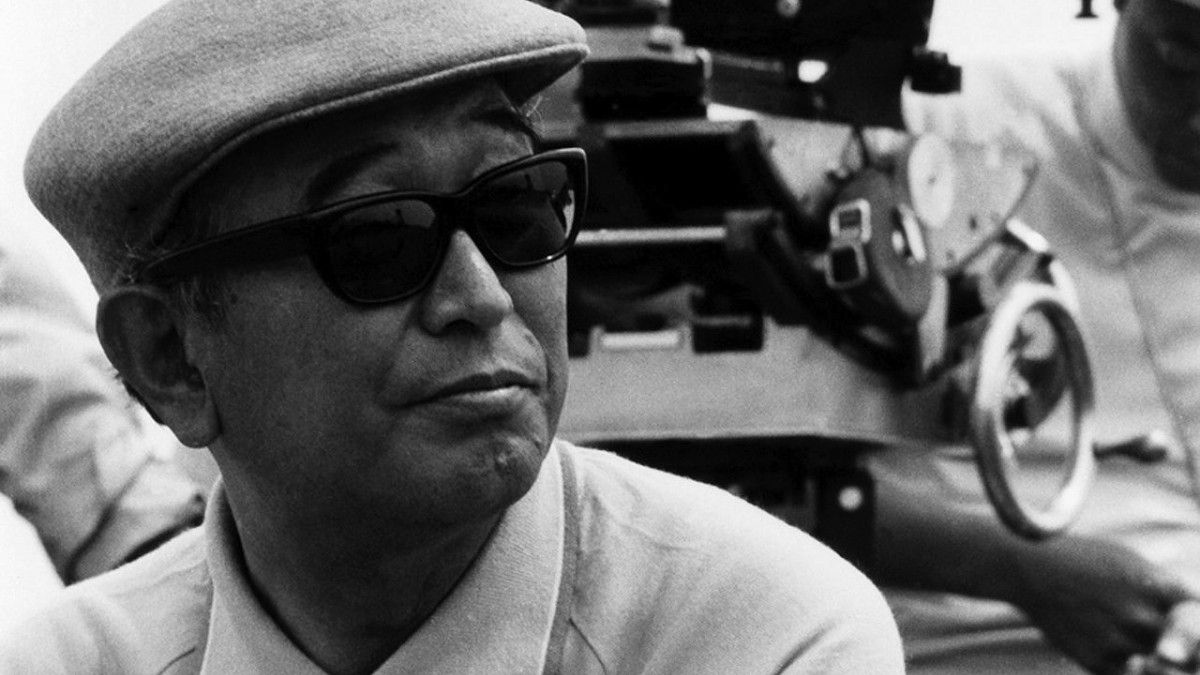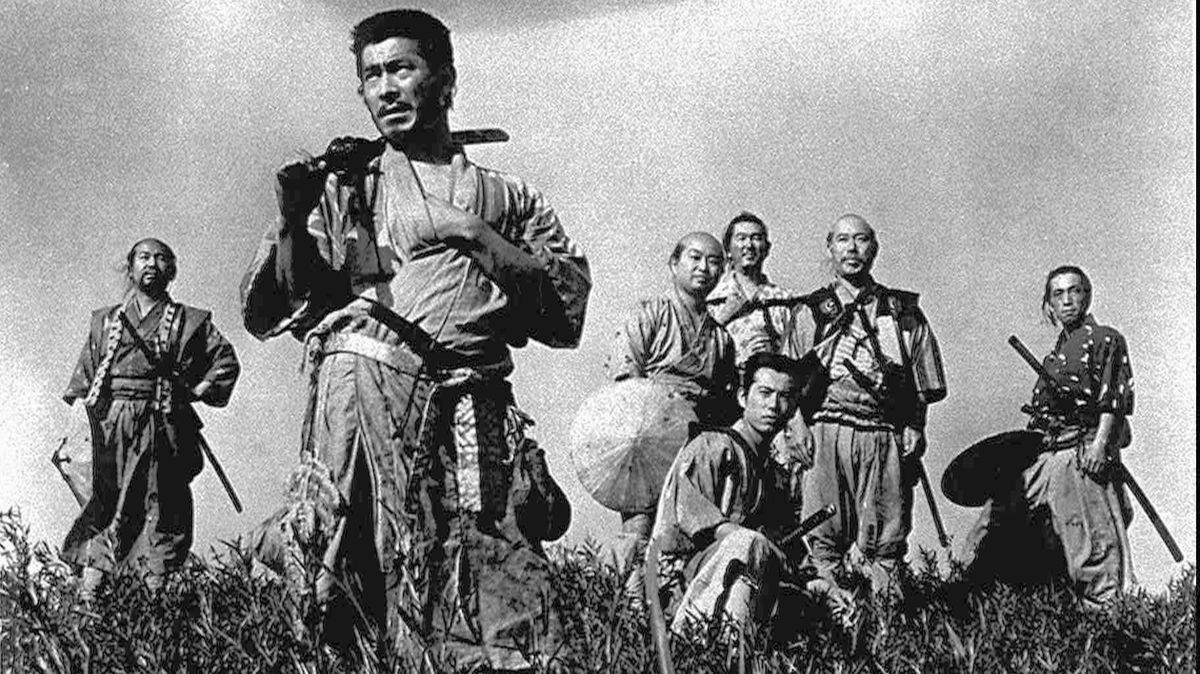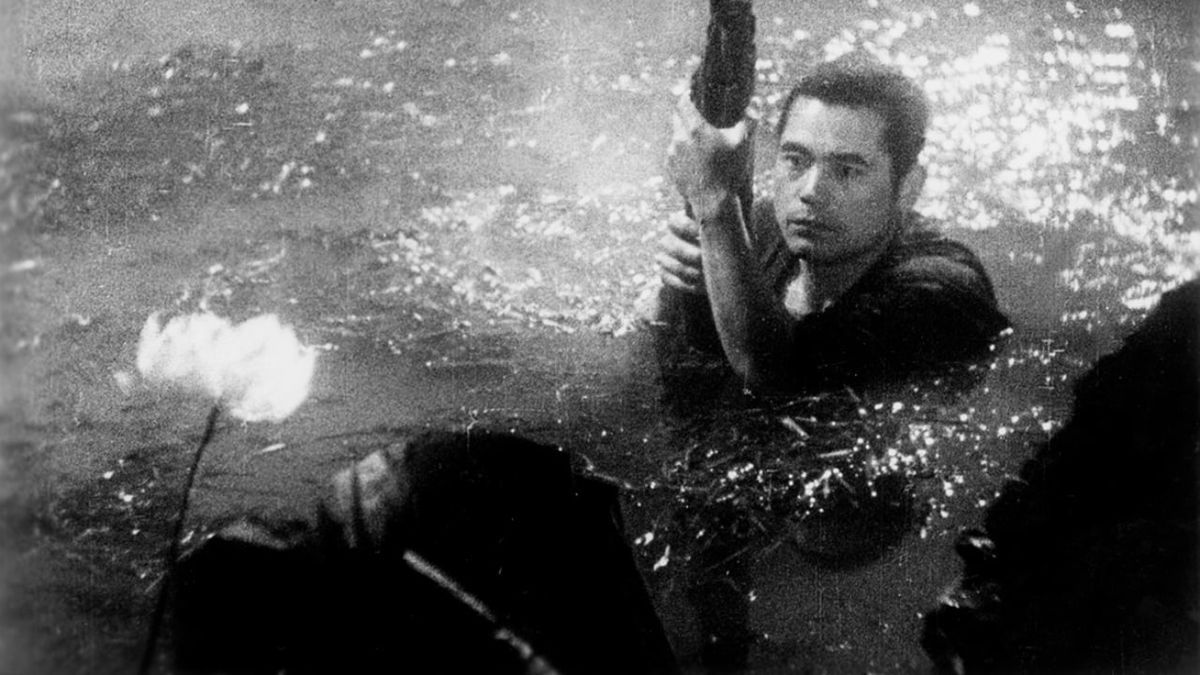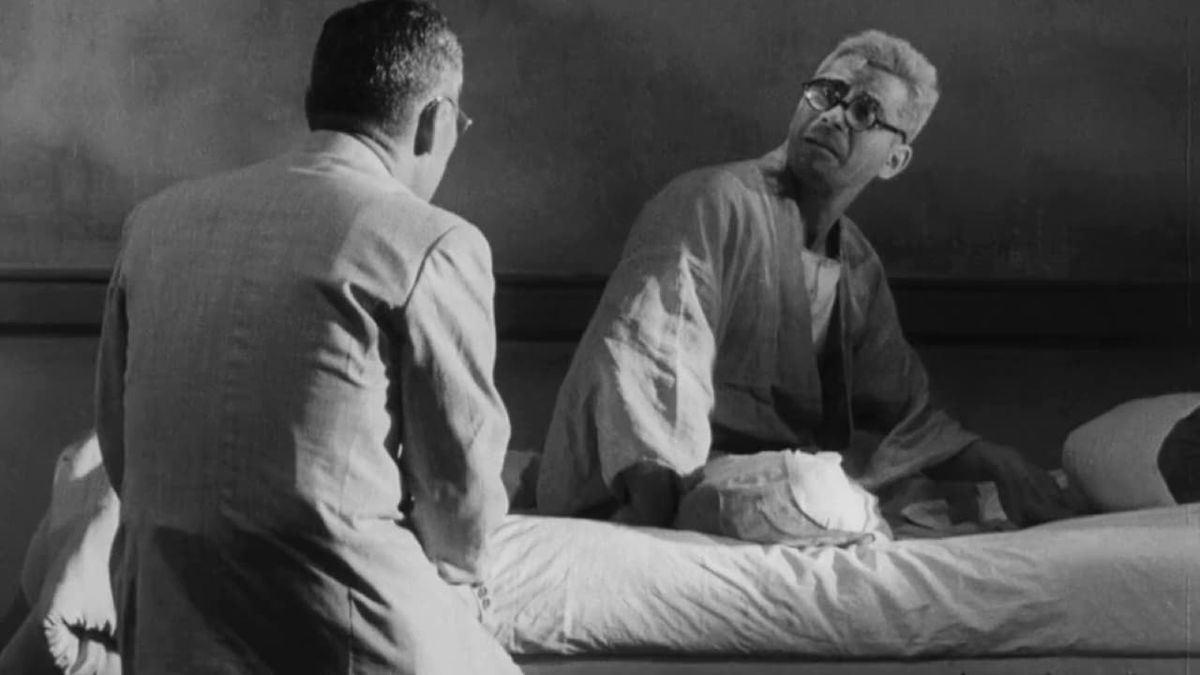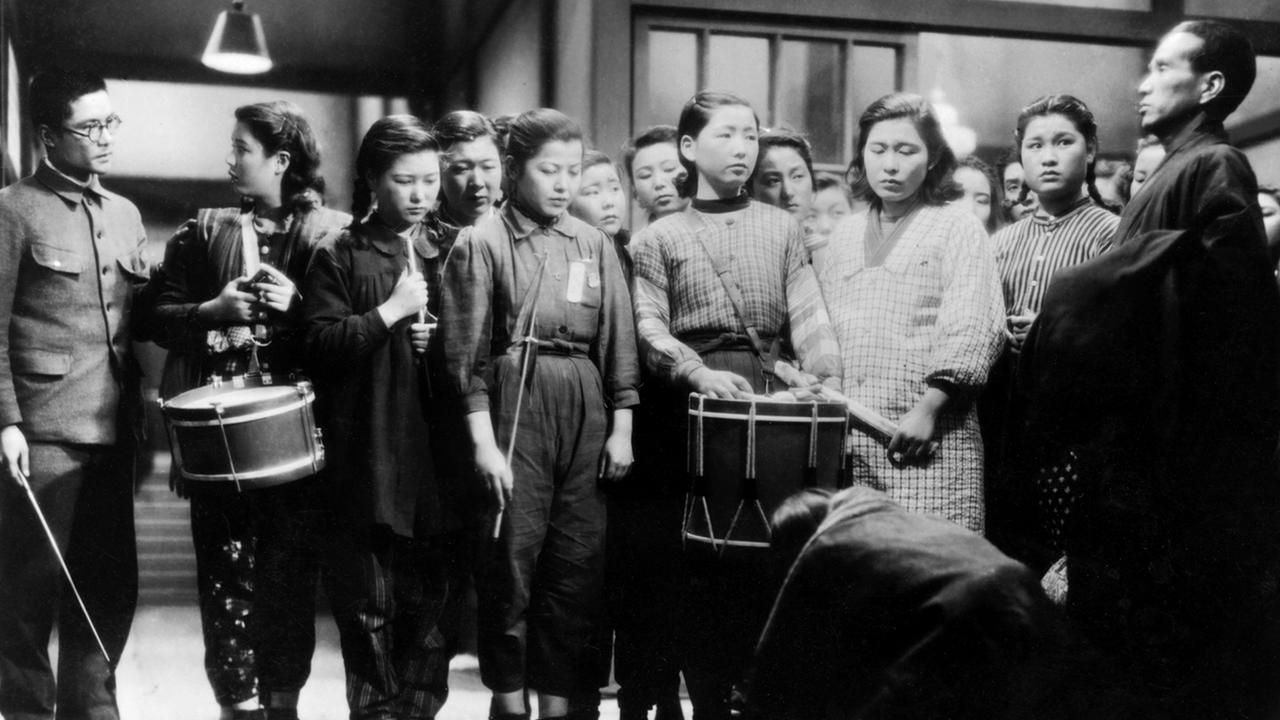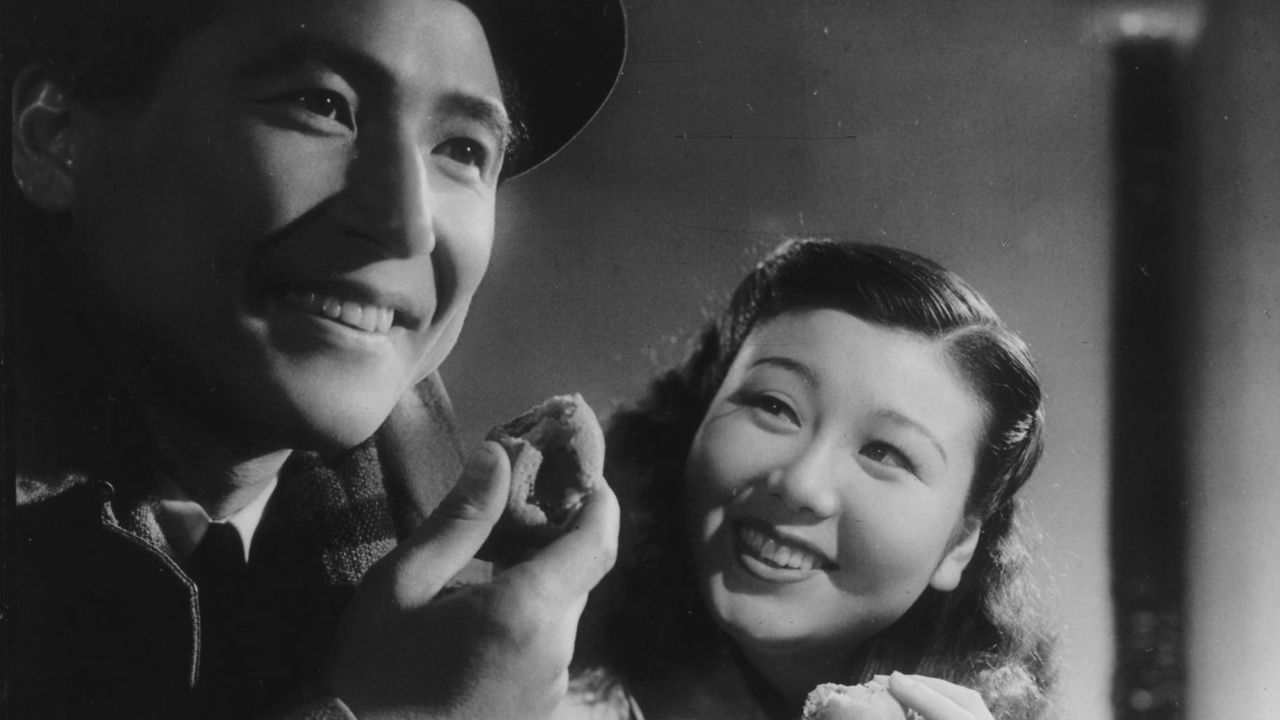While the Japanese entertainment industry may be dominated by anime, horror, and Studio Ghibli, filmmaker Akira Kurosawa dominated the industry their from the late 1940s up until the mid-1960s (after which point, he made one film every five years). His work, a collection of both traditional Japanese theater and history along with a range of deep human drama and emotional authenticity, continues to surpass the test of time from generation to generation. From highlighting the aspects of life-long Japanese cultural tendencies within his work, to his fast-paced emergence into international success off the screen, Kurosawa is regarded by the world as one of the most key and influential filmmakers to date.
With a highly successful career spanning over five decades, Kurosawa first began as an assistant director years prior to World War II. Working part-time as an exceptional painter, he finally made his directing debut in the midst of World War II with the premier film Sanshiro Sugata, which captured the cultural spirit of martial arts. At the end of the war, Kurosawa released Drunken Angel (1948), establishing his directorial reputation as the youngest and most important filmmakers in Japan's industry.
Kurosawa's utilization of vibrant and bold stylized shots and deep focus framing have been noticeably mirrored by Hollywood's traditional narrative style of filmmaking; he is noted as being an avid fan of American Westerns, which has inspired his films, and in turn his films have inspired later American movies, like Star Wars. George Lucas even wanted Toshiro Mifune, a regular actor in Kurosawa's work, to play the role of Obi-Wan Kenobi. Take a look at this coveted list of Kurosawa's most established works from the first phase of his career, up until 1955, and celebrate his early blueprint for breaking boundaries across regions and genres.
6 Seven Samurai
Box office hits throughout the years (such as Three Amigos, Django Unchained, The Matrix Revolutions, and Mad Max: Fury Road), have heavily incorporated elements from Seven Samurai; from its plot placing emphasis around the rebellious protagonist rising up against opposition, to the accrual of a dedicated team and the project's heavy utilization of western visuals. The story revolves around a town needing defense from infiltrating bandits, leading townsfolk to reach out to Kambei (Takashi Shimura), a samurai who answers their request for protection. As the samurai gathers a group to assist in securing the town, a huge battle erupts after 40 bandits attack the village. The epic film was so popular in the west due to its distinct yet immersive story, and the way it helped introduce a dynamic and practically possessed Toshiro Mifune to the world.
5 Sanshiro Sugata
The film utilizes martial arts long before it was cool, in order to highlight the cultural pride attached to its practices. Sanshiro Sugata (Susumu Fujita) initially wants to learn jujitsu; however, after he sees the effectiveness in judo, he quickly flees his jujitsu training to study with master Shogoro Yano (Denjirô Ôkôchi). Learning the most militant and combative components tied to judo, Sugata becomes deeply integrated into all the practices attached to its style (intricate meditation being most common). Ultimately with all his training, Sugata is set to fight is former teacher for respect. The combat scenes are filmed in an intense, exciting, and unconventional manner, with nonstop camera motions conveying either chaos or stillness at each fight's ending.
4 I Live in Fear
Caution, for any of our readers with anxiety, this film may not be for you and that's okay. Kurosawa's I Live in Fear is a heightened depiction of uneasiness in cinema during the height of the Cold War in Japan (1955). The film depicts a society struggling to find light in the face of darkness, plagued by terrifying memories of the past and enhanced anxiety for what is to come in the future. This expression of trauma and madness throughout the film, both petrifying and gut-wrenching, illustrates the accuracies many people felt while living in an era with great uncertainty (especially in the country which suffered the atomic bomb). Kiichi (Toshiro Mifune) is an elderly factory owner who is terrified of the thought of a nuclear attack. He becomes determined to move his entire family out of Japan and into Brazil in order to keep them out of danger from a prospective nuclear war in this beautifully shot, surprisingly haunting Kurosawa film.
3
No Regrets For Our Youth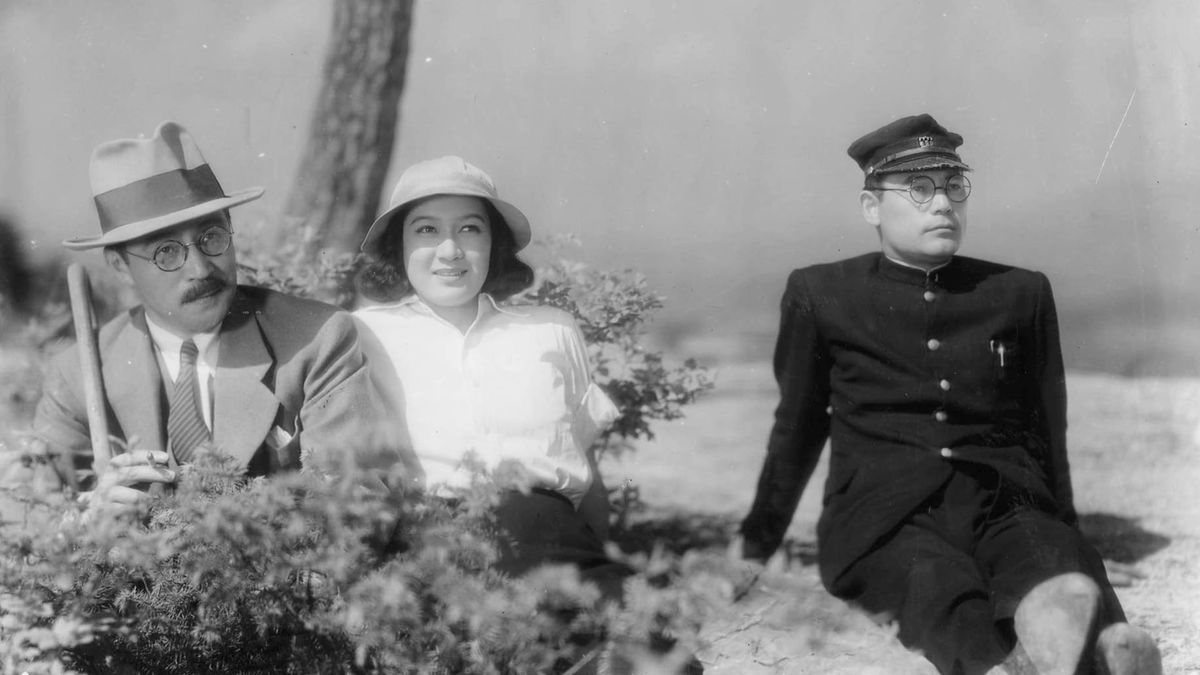
No Regrets For our Youth symbolizes the dialogue behind post-war social environments. Much of the film follows Yukie (Setsuko Hara), a woman living in the midst of a 1930s Japan, with no regard of the large-scale political changes happening all around her. After witnessing the fallout behind her father, a college professor, being forced to resign due to his vocal anti-fascist views, Yukie quickly realizes what is now her political reality. The message behind this film really does exemplify how important it is to understand what is going on in the world, especially if one may argue how it doesn't directly impact them. World tragedies always have some sort of implications, whether it be financially or socially, and this early Kurosawa movie makes the political personal.
2 The Most Beautiful
Going to work on an ordinary day is difficult in itself, though having to work in the midst of a global crisis can bring an unimaginable level of fear and dread. Kurosawa's The Most Beautiful demonstrates several resilient young women who work diligently in a factory, facing illness and injury during the events of World War II. Despite their circumstances, the workers at the optics plant try their best to meet production targets in order to aid in Japan’s war efforts. It's a bit of an outlier for anyone seeking a classic Kurosawa samurai adventure, but this surprisingly touching film has been considered Japanese propaganda, but it is so much more than that: The Most Beautiful is a feminist, class-conscious, and emotional look at labor and stress.
1 One Wonderful Sunday
For some, One Wonderful Sunday is literally the most beautiful and romantic film imaginable. Every girl who watches this film might end up wanting a guy who resembles Yuzo (Isao Numasaki), not only because he seems down to have a good time, but most importantly the trust he has in his fiancée, Masako (Chieko Nakakita). The love he has for her and her spitfire personality is so sweet (it might make some cynics want to vomit from being so lovey-dovey). On a typical Sunday, laborer Yuzo and Masako set out for the day in Tokyo with nearly no money at all. The two make it a point to enjoy themselves despite their financial limitations, creating memories and adventures together. What makes this film so romantic is the nuance in not knowing where the day is going to take you, but still being together, and realizing that's enough.

